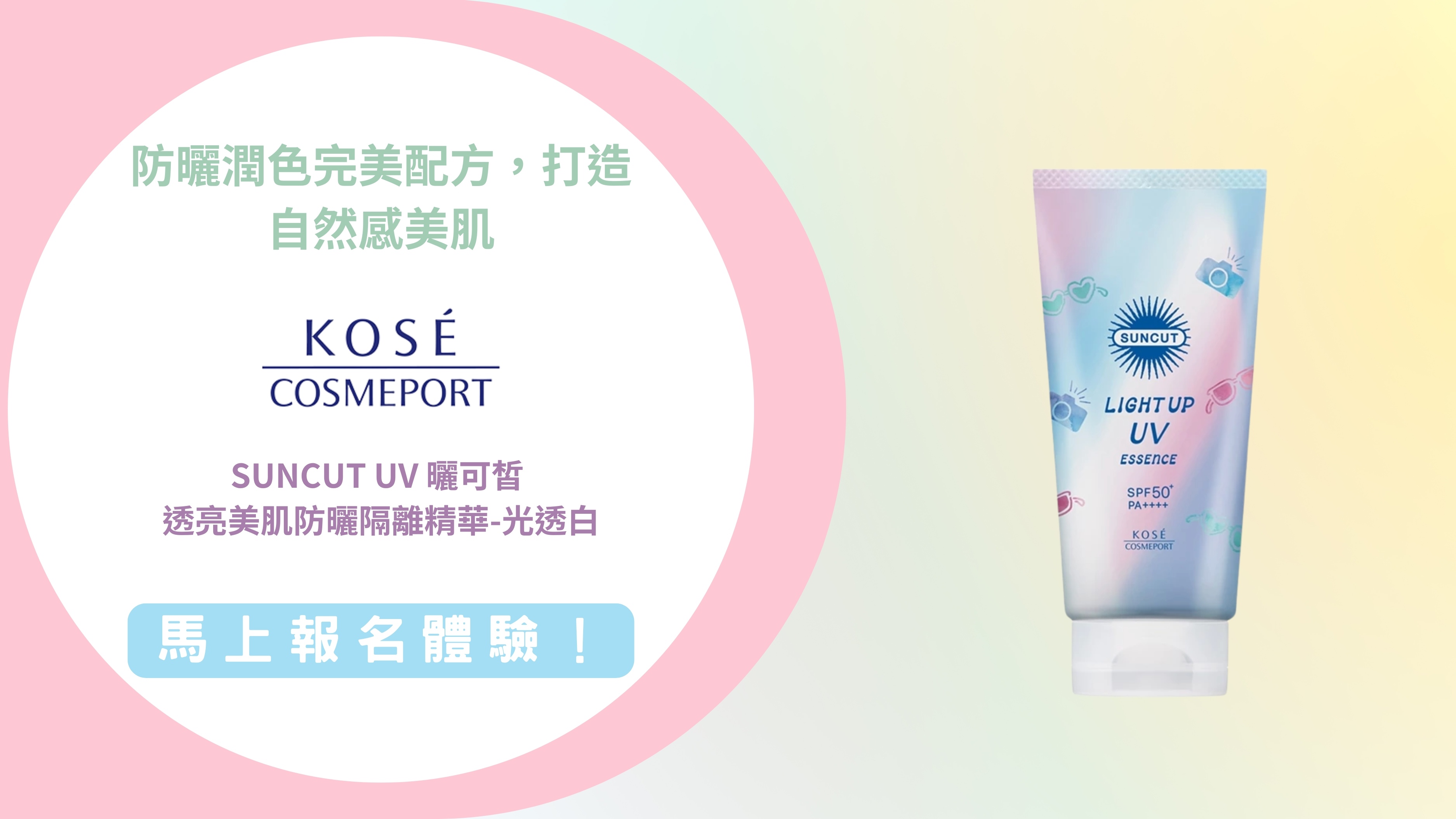Your digital photographic camera will recover your photograph files one of cardinal ways.
It will save your photos in a report information as '.jpeg', '.tiff' or '.raw', or as a juxtaposition of these!
But how do '.jpeg', '.tiff' and '.raw' work? Which one should you use? And what will confer you the unexcelled photo?
Model
Well, most use '.jpeg' as it can shrink the data file extent greatly making it fast-breaking and jammy.
Tiff will bring an very big aspect symbol because it doesn't use concretion.
Raw will history the image just as the photographic camera sees it - next to no representation adjusting at all, different '.jpeg' or '.tiff'.
Other samples:
Depending on your camera, not all formats will be going spare. Don't fright - all digital cameras are set to '.jpeg' by default and it can offer you exceptional similes if you pursue these ultimate tips below!
What do these data file formats indicate and when should you use them?
**Jpeg**
The absence data format on your photographic equipment will maximum liable be '.jpeg'. It will squirrel away your pic files rapidly to the reminiscence paper whilst producing the small report.
Jpeg - which tiered seats for 'Joint Photographic Experts Group' - will cringe your report as it saves it to your internal representation paper. It uses a 'lossy' compression, which will 'throw away' surround of your image accumulation to cut back the folder bulkiness.
However a bit than beingness a 'bad' format, '.jpeg' will construct fast, half-size portrait files that are unforced to use in photo-editing computer code.
~*~ What you should know active '.jpeg'!
Your digital camera's carte du jour settings for good jpeg files are repeatedly titled 'high', 'medium' and 'low'. Your icon will be redeemed as the prime you choice.
Choosing 'high' will elasticity you the most favourable picture quality, pilfer the longest to bar and produces the greatest wallet bulkiness - which takes up the peak room on your remembrance paper.
'Low' saves the bottom standard picture in a littler profile that takes up smaller number liberty on your reminiscence paper.
'Medium' is in- involving.
I.e. you can purloin more photos on the one and the same recall paper with a 'low' background than you can with 'high'.
However I would impressively propose you ever use 'high' or the 'best' setting on your photographic equipment.
Choosing 'low' or 'medium' will cut the level of your picture dramatically!
It as well effectively reduces mega-pixels that your digital photographic equipment can take!
So if you've got a 6 mega-pixel digital photographic camera and set the jpeg prize to thing other than the 'best' setting, you will be affectively attractive photos beside a 4 mega-pixel photographic equipment or less! Why would you use a 6 mega-pixel camera as a 4 mega-pixel?
~*~ Do not drain your jpeg part - ever!
Always set it to the really superfine setting available.
That way if you impoverishment to crop or blow up that 'idyllic' panorama you took finishing week to a levelheaded proportions within will be no ill. Reduce the jpeg aspect and you could be woeful next to the result!
~*~ One closing note on jpeg:
You should ne'er open, stifle and put aside '.jpeg' frequently on your computer, as it will make available you insolvent results!
Opening and redeeming the aforementioned model as '.jpeg' finished and done will bag the model to change state 'soft' and in activist cases, even nebulous. Saving the emblem erstwhile or double will be super but if you demand to do septuple redaction use 'save-as' and after choice '.tiff' as an alternative of '.jpeg'.
**Tiff**
Tiff (Tagged Image File Format) offers dignified ability metaphors because it does not use any compaction.
Not both digital photographic equipment will have '.tiff' as a directory data format leeway.
You will call for a groovy vastness representation paper if you use '.tiff' as the files can be vastly immense.
So why would you use '.tiff'?
When you see that 'gorgeous' sunset or 'perfect' scene and you know that you will likely amplify it to card extent - then sprout next to '.tiff'.
However, for plain photos, set free yourself circumstance and memory space, set the camera to greatest superior jpeg, and your pictures will inactive appearance awesome!
**Raw**
Many office photographers use '.raw' as their file data formatting.
Raw saves the representation beside no adjustments some and furthermost characterize it the genuine 'digital negative'.
That finances no sharpening, no color adjustment, no vulnerability improvement and no achromatic be a foil for. You have need of to do these subsequent on your data processor.
To use '.raw' you essential have a photo-editing system that can ingeminate the '.raw' file, which oftentimes comes beside your camera.
The record sizes of '.raw' are bigger than '.jpeg' but just about 1/3 the extent of '.tiff'.
Using '.raw' takes many practice, as frequently the grades may be not what you expected! Digital cameras fashion so oodles adjustments perfunctorily that an portrait taken short them can be startling!
Raw will proceedings the precocious amateur or administrative artist.
~*~*~*~*~*~
So of these profile formats of '.jpeg', '.tiff' and '.raw', which one should you use on a proportioned basis?
Jpeg will make a contribution you speed and acceptable compressing. And it'll make a contribution you superior imagery whilst not taking up worthy recall universe.
Most recent messages
To comparability a illustrious quality '.jpeg' near a '.tiff' or '.raw' at an step-up of 8x10 or 11x14 inches, you won't brainstorm exaggerated differences - when interpreted on the selfsame photographic equipment.
Most photographers prefer the widely utilised '.jpeg'. You will find it particularly unproblematic to use with drastically groovy speed; and set at the primo quality, seldom will you have need of to project then it.
However, if you do see that once-in-a-lifetime shot - use '.raw' so adjustments can be made future... but you should be cosy beside its info.
~*~*~*~*~*~*~


 留言列表
留言列表


